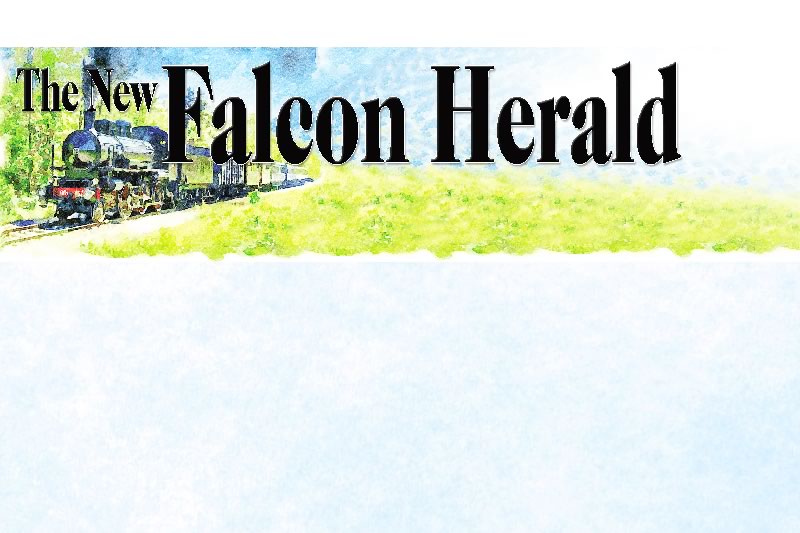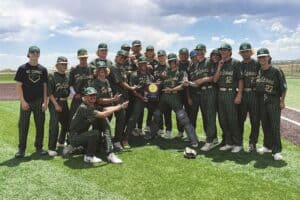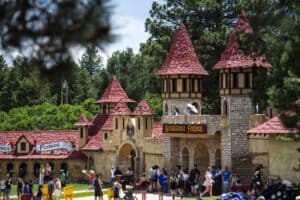Have you noticed that a large percentage of birds have brilliant colors. Have you ever wondered what caused the colors and why birds need them?Intuition might tell us that being brightly colored is a major disadvantage to the bird. It seems that the bright red color of the male cardinal would be a major liability. However, many birds can afford to add a notch to their visibility; they are extremely mobile. Most animals donít have the added measure of safety that a birdís wings give it. For this reason, birds can be brightly colored and get away with it, much more than a bright blue rabbit. We also see this principle at work in fish, also mobile and brightly colored.What is the purpose of color? Typically it is an aid to reproduction. Drake ducks use the shimmering iridescence on their head and wings to attempt to dazzle the female. There is a preponderance of males, so competition is fierce. A female will frequently be surrounded by several drakes all angling their feathers to catch the sun for maximum effect. From them, she will choose one.For most male birds, the bright colors serve the same effect. Female colors are usually dull because, depending on the species, they spend between two and four weeks sitting almost nonstop on a hidden batch of eggs.Many jungle birds are brightly colored to blend into the tropical flowers and leaves.The causes of the colors are varied. Most feathers are merely pigmented, but some are created by the structure of the feather. A pigment is contained within the keratin of each feather barb.The most common pigments are melanin, which creates the colors black, grey, brown and dull yellow. They are synthesized by the bird through the oxidation of the amino acid tyrosine. Greater concentrations of melanin granules in the feather result in darker colors. Most birds have darkly colored backs to protect them from the ultraviolet components in sunlight. Birds that have white back feathers often have either dark skin or a layer of dark-colored down underneath the white feather. Most birds, even mostly white birds, have dark wingtips. The high concentrations of melanin in black or dark brown feathers are always associated with higher amounts of keratin in the feather. This makes the feather thicker, which allows it to stand up better to the rigorous use it receives as a main flight feather.Carotenoids are the next most common source of pigments and are derived exclusively from the birdís diet. The carotenoids will produce bright yellow and red colors. They are obtained as yellow carotene pigments in grains, seeds and other vegetable matter. Once the bird has ingested the carotene, the color and chemical structure may be changed within the birdís body.Some brown colors, especially in pigeons and owls, are created by porphyrins. Caused with the breakdown of hemoglobin by the liver, these pigments also create bright reds and greens in a few species worldwide.Colors like blue, green and iridescence are usually created by the structure of the feather. White is always structurally caused. Complex patterns of reflection and refraction in the feather of birds like the blue jay produce the optical illusion that the bird is blue, without the presence of blue pigment in the feather. White merely reflects the entire wavelength. Iridescence, such as the beautiful green and blue colors seen on the heads of drake ducks or on the familiar peacock, results from the complex interaction of light on reflective melanin granules and the microstructure of the feather. In some species, many laminations of keratin, each reflecting a different section of the lightís wavelength, produce a shimmering effect, much as an oil slick in the parking lot shines with such an incredible variety of colors.I hope you enjoyed finding out how these birds produce their wonderful colors, along with the marvelous complexity of every creatureís body.







